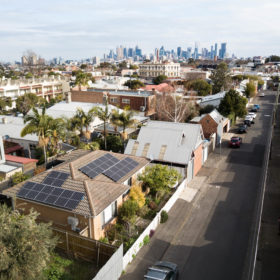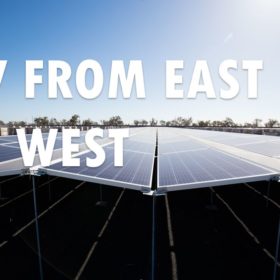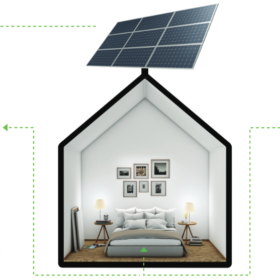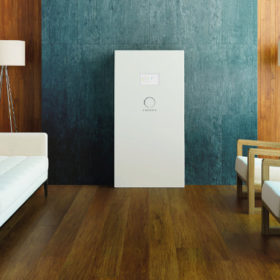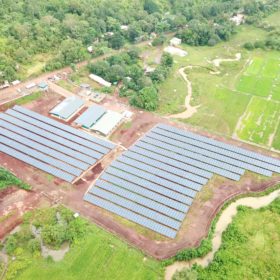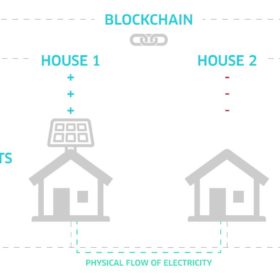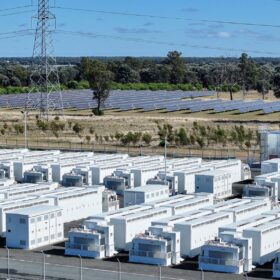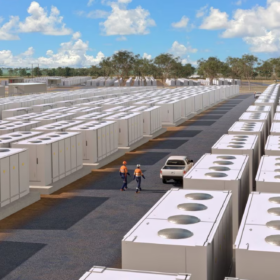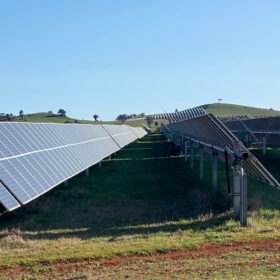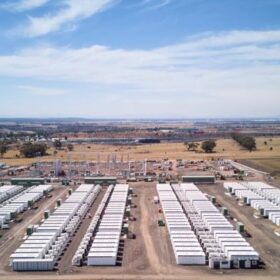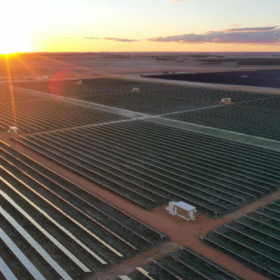Enphase integrates with GreenSync’s decentralized energy exchange
The California-based energy technology company has integrated with GreenSync’s Decentralized Energy Exchange (deX), making it possible for its customers to get more value out of their distributed energy assets and help the grid manage the challenges associated with the rapid penetration of intermittent renewables.
Golden by name, Golden by nature, Melbourne family reaps solar rewards
In a classic example of nominative determinism, like Usain Bolt running as fast as a bolt of lightning or Bulgaria’s ill-fated 400m hurdler Vania Stambolova, the Golden family of Clifton Hill take advantage of golden sunlight to power their home.
Part 3: Big solar deployment outshines Queensland coal story
In late 2016, Queensland’s Labor Government revealed a plan for 50% of the State’s electricity to be renewably sourced by 2030, and the state has made significant steps toward that goal.
Part 2 – South Australia: The nation’s renewable energy superstar
From an energy-hungry importer to a frontrunner in the decarbonization race, South Australia has set the bar high for how to efficiently transition to a low-emissions grid dominated by renewables. With wind and solar already supplying more than a half of its electricity, the state’s energy transition shows no sign of letting up. In fact, South Australia is gearing up to accelerate the pace of its clean energy transition and expand its big PV fleet as it moves toward its 2030 target of “net” 100% renewables.
Seoul launches 1 GW rooftop solar plan
The South Korean capital has unveiled a plan to deploy rooftop PV on a million homes and all public buildings. The new initiative is designed to bring the city’s cumulative installed solar capacity to around 1 GW by the end of 2022.
Swiss asset manager invests in Western Australia’s community owned virtual power plant
Swiss investment firm SUSI Partners is investing up to $50 million in a residential solar-plus-battery project enabling participants from communities across Western Australia to generate and consume their own clean power for up to 90% of their needs. The project, which began a year ago, and involves residents leasing solar PV and battery systems from a not-for-profit organisation.
A guided tour of Australia’s solar and storage market; Part 1: Victoria
Abundant sunshine, favorable policy settings and high power prices have long placed Australia at the cutting edge of rooftop solar uptake. The more recent utility-scale boom has further enhanced its status as a PV leader. Battery adoption, microgrids, EVs and green hydrogen are all taking shape, yet what should be an Aussie smart energy no-brainer continues to be dogged by mounting investment uncertainty and a toxic debate on the national level.
Distributed storage market to grow nearly twentyfold by 2028
Market intelligence company Navigant Research has developed a country forecast of the global market. Incentives and pricing will be the main driver of installations, though the market will continue to be concentrated in certain key regions for now.
Investors ready US$20 Million for off-grid solar projects in the energy-stricken Philippines
The Philippines is desperately hungry for rooftop solar PV as it seeks to alleviate itself of energy poverty. Pathways are finally opening up for the vast Southeast Asian nation with investors readying US$20 million to fund four new renewable projects.
South Australia set for large-scale, blockchain-enabled virtual power plant
Known for its blockchain-based peer-to-peer platform that allows energy trading between households, Power Ledger is now readying for the first large-scale commercial rollout of its technology in Australia. The Perth-based company has partnered with electricity wholesaler Powerclub to allow households to pool net solar and battery storage and act as a virtual power plant.

